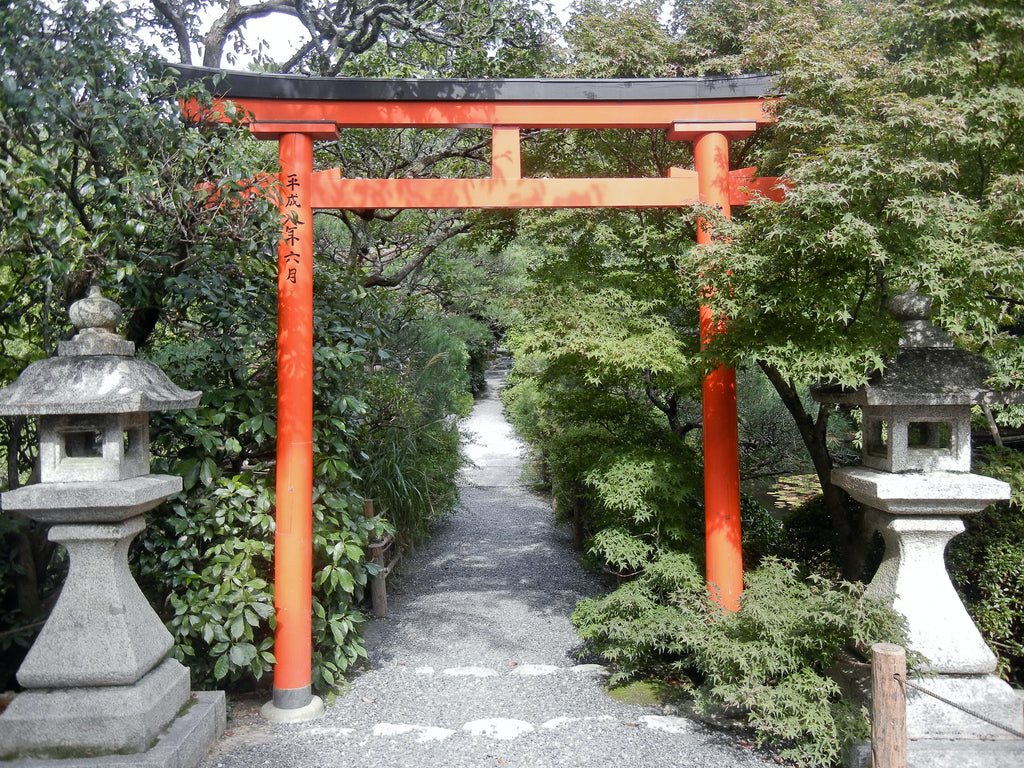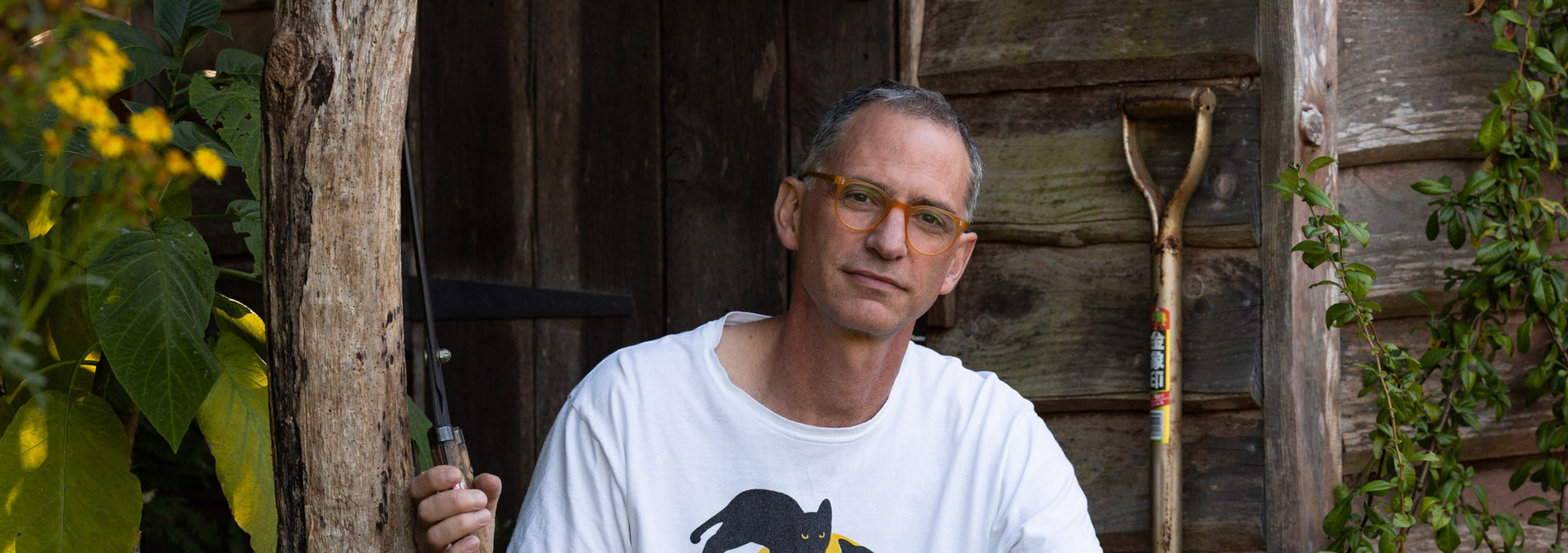With the second season of our Niwaki collaboration now live, we thought it only right to pick the brains of Niwaki founder Jake Hobson on all things Japanese gardening. Jake's obsession with Japanese topiary, gardening and tool crafting is what inspired him to create Niwaki, so we dug a little deeper to ask him about his most memorable green fingered experiences in Japan, and for advice on how to get started cultivating our own gardens, no matter how small.

So Jake, first thing's first, what catalysed your obsession with Japanese gardening tools?
It was really just using them for the first time in Japan. I didn’t realise how good they were at the time as I was pretty new to gardening, but when I returned to the UK, that is when I started to appreciate them more and more – their design, material, construction – and then when I began to learn about their production it all fell into place: meeting the makers, seeing the processes, as well as the skill and experience that goes into making them, coupled with just how good they feel in the garden!

What gives you the greatest sense of pleasure in the garden?
The greatest source of joy comes from having a sense of being in a landscape – being transported somehow, perhaps to a place I’ve been, or imagined, or have yet to see. That and walking barefoot in dewy grass.
Where did you start your gardening journey?
It was in Japan, working at a traditional tree nursery Furukawa Teijuen in Osaka, then a stint at Architectural Plants in Sussex under the mentorship of Angus White.

Have you visited any gardens in Japan that left an impression on you?
All of them! One particularly strong memory is seeing ants climbing over the raked gravel in Ryōan-ji in Kyoto, the famous Zen temple. I imagined the journey the ants were going on, and wondered how they were experiencing the place. Years later I revisited and they were still there!
I do particularly enjoy gardens with impressive topiary or shaped trees, especially when they show something of their owner. I’m a fan of owner/gardeners who do the work for themselves, as I think it imbues the garden with something of their character, rather than that of the hired gardener. So quite often the gardens themselves aren’t necessarily as impressive or grand, but they have personality.

What advice would you give to someone interested in cultivating their own small garden?
Get stuck in, keep it simple, don’t be scared of mistakes, since that’s how we learn. And remember that gardening is a relationship with nature and however you want the garden to look, nature always has its own way of doing things: you need to come to some sort of agreement over the balance between you and nature quite early on!
Can you tell about traditional Japanese pruning and how the Japanese approach it?
You can think of Japanese gardens as microcosms of nature - they are the essence of nature, distilled. The trees are reduced in scale, pruned to retain their ‘essence’, hence the Japanese art of bonsai, which means 'potted tree'. Although the size, shape and style varies immensely from garden to garden, they are pruned, in effect, to look like trees. I see connections with manga - the Japanese like looking at a representation of something (a cartoon, or a garden tree) as much as a real thing.

All craftspeople in Japan - and that goes for gardeners too - work calmly, quietly, and efficiently. Nothing is ever rushed, energy is never wasted, and there’s no unnecessary chat. There is always great respect for the client, the boss and colleagues, and still a strong sense of apprenticeship and respect for elders and knowledge.
